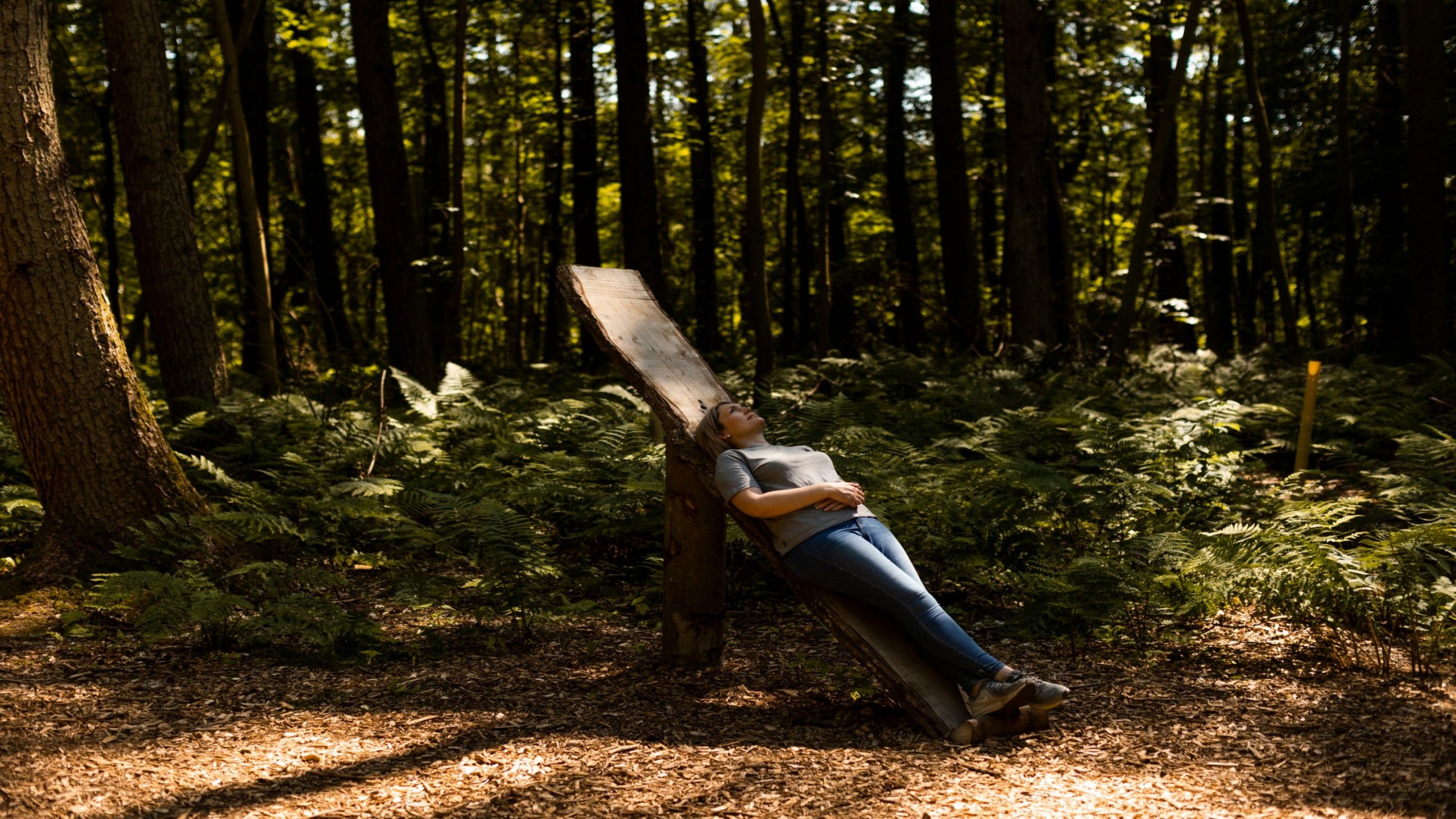Forest bathing, or shinrin-yoku in Japanese, is a therapeutic practice that involves mindfully immersing oneself in a natural forest setting—not for exercise or hiking, but to quietly observe, breathe, and connect with nature. Unlike a simple walk in the woods, forest bathing invites participants to slow down and engage all five senses. Backed by scientific studies, this practice has gained global recognition for its ability to reduce stress hormones, lower blood pressure, and improve mood and cognitive function.
Ecopsychologists, mindfulness instructors, and public health researchers—central voices under the E-E-A-T framework (Experience, Expertise, Authoritativeness, Trustworthiness)—emphasize that forest bathing activates the parasympathetic nervous system, promoting rest and recovery. Compounds released by trees, known as phytoncides, have been shown to boost natural killer (NK) cell activity in the immune system. Experts also link this practice to reduced anxiety and improved sleep, making it a powerful complement to traditional mindfulness and meditation techniques.
Forest bathing reminds us that healing doesn’t always require a mat or mantra—sometimes, it just requires stepping under the canopy, listening to birdsong, and feeling the earth beneath your feet. As modern life pulls us indoors and online, this ancient yet accessible practice offers a path back to balance, rooted in the quiet wisdom of the natural world.





